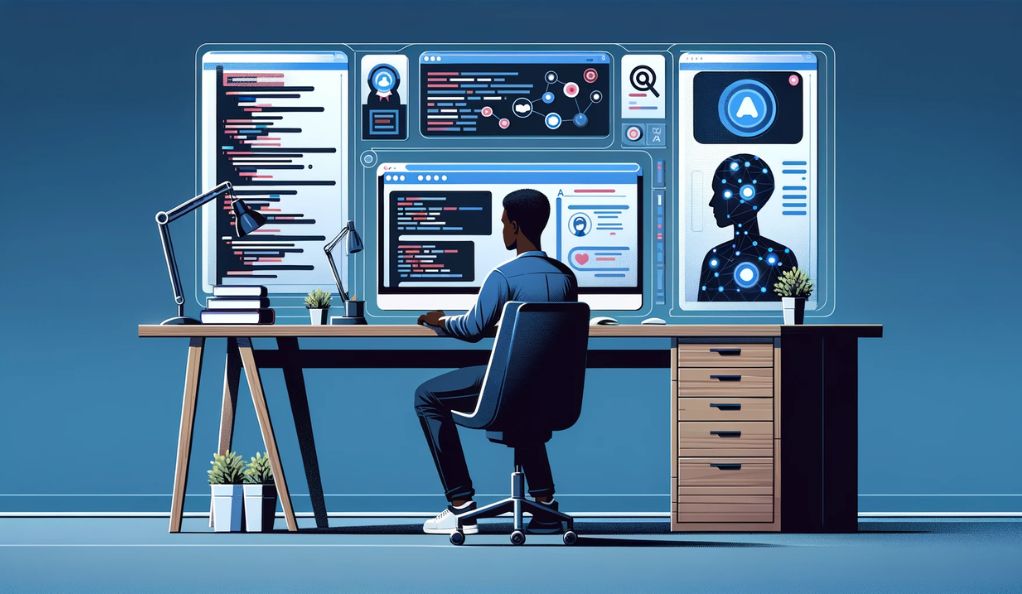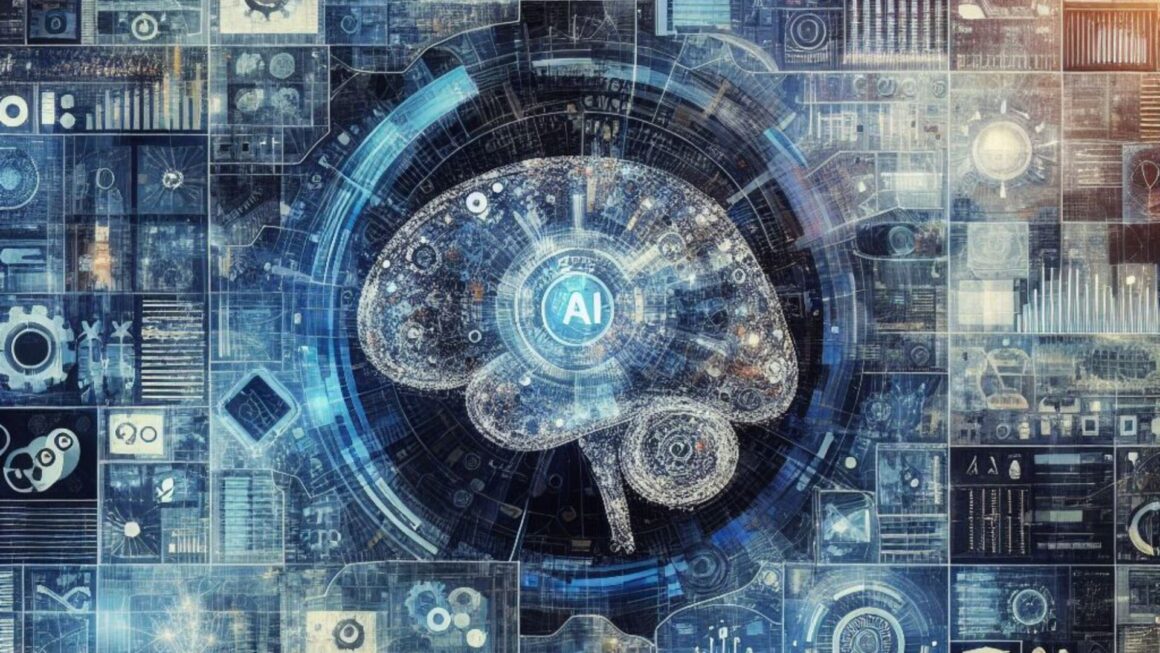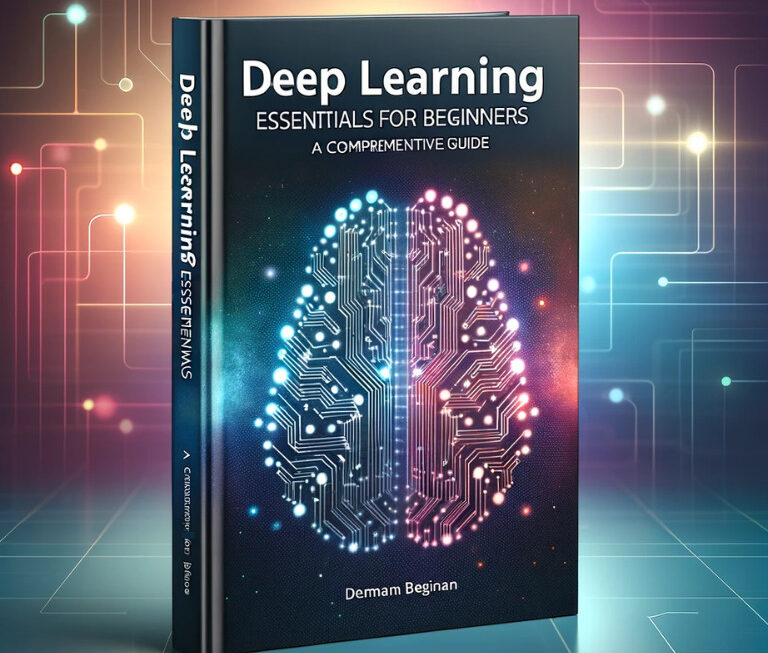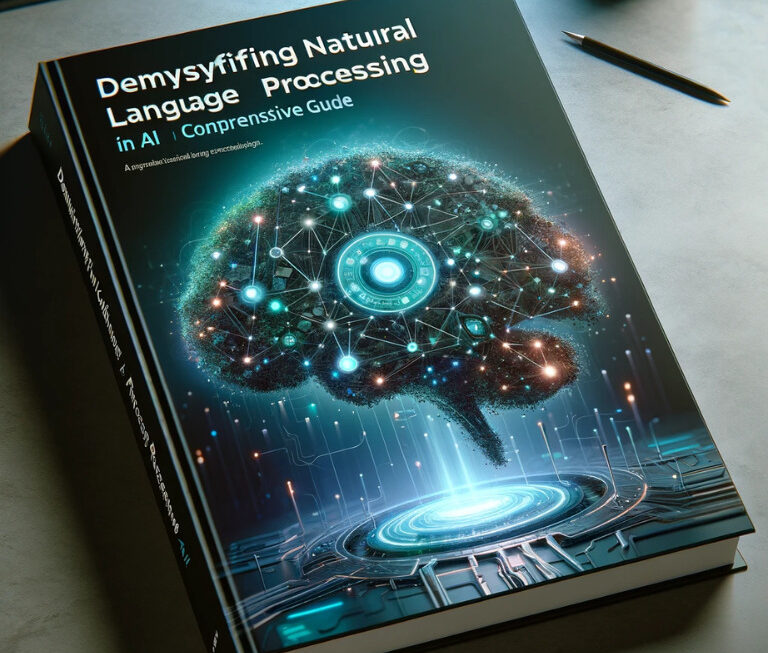The digital landscape is evolving at an unprecedented pace, and at the heart of this transformation lies Artificial Intelligence (AI). In the realm of web development, AI is not just a buzzword but a foundational component that is reshaping how websites are designed, developed, and delivered. The integration of AI in web development marks a significant shift from traditional methods to more intelligent, efficient, and user-centric approaches.
The Synergy Between AI and Human Developers
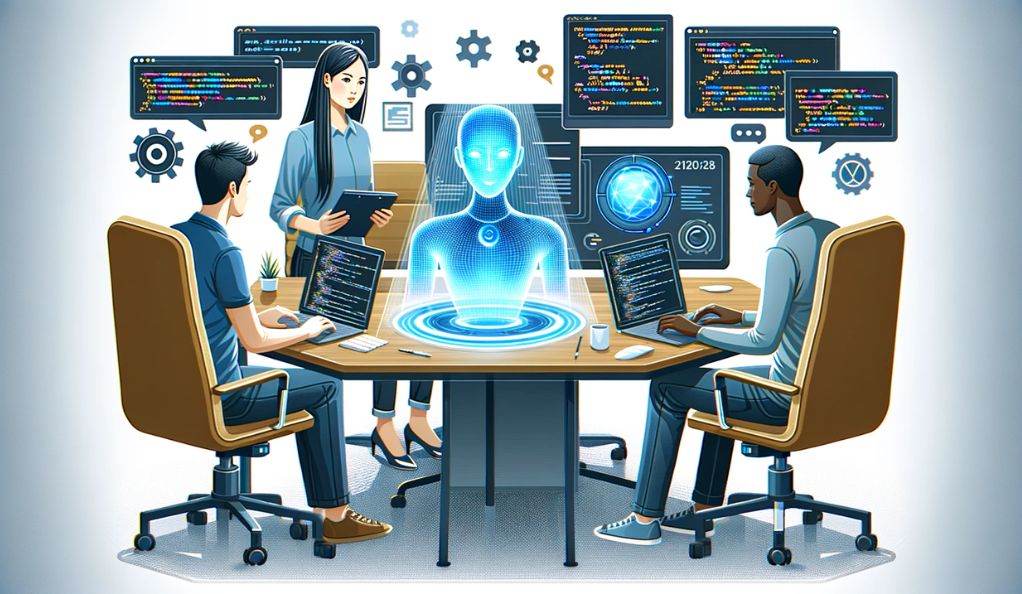
AI in web development signifies a collaborative synergy where the creativity and strategic thinking of human developers are enhanced by the data-driven analytical power of AI. This partnership is revolutionizing the industry in several ways:
- Automated Efficiency: AI algorithms can handle repetitive and time-consuming tasks, allowing developers to focus on more complex and creative aspects of web development.
- Error Reduction: AI tools can predict and identify potential errors in real-time, significantly reducing debugging time and improving code quality.
- Personalized Experiences: By analyzing user data, AI enables the creation of personalized web experiences, dynamically adapting content and interfaces to individual user preferences.
The Role of AI in the Development Lifecycle
AI touches every stage of the web development lifecycle, from initial design to deployment and maintenance. Here’s a snapshot of AI’s role across the lifecycle:
| Development Stage | AI’s Role |
|---|---|
| Planning | AI-driven analytics help in understanding user needs and market trends to inform the planning process. |
| Design | AI-powered design tools like ADI suggest design elements based on best practices and user preferences. |
| Coding | AI coding assistants provide code suggestions, automate routine tasks, and optimize code performance. |
| Testing | AI automates testing processes, quickly identifying bugs and vulnerabilities with precision. |
| Launch | AI tools monitor user interactions to optimize load times and performance post-launch. |
| Maintenance | Continuous learning AI systems predict and prevent potential issues, ensuring smooth operation. |
The collaboration between AI and web developers is not about replacing one with the other but about leveraging the strengths of both. AI’s computational efficiency complements the creative and problem-solving abilities of humans, leading to innovative solutions and groundbreaking web experiences.
As we delve deeper into the various facets of AI in web development, it becomes clear that this technology is not just an optional tool but a critical asset for any web development project aiming for success in today’s digital age. The subsequent sections will explore the specific roles AI plays in web development, providing insights into how developers can harness this technology to create cutting-edge websites.
The Rise of Coding Assistants
One of the most significant contributions of AI in web development is the advent of coding assistants. These AI-powered tools are redefining the coding process, making it faster and more efficient. Coding assistants, such as GitHub’s Copilot or OpenAI’s Codex, offer real-time code suggestions, auto-completion, and even write entire functions based on the developer’s intent. This is not just about speeding up the coding process; it’s about enhancing the developer’s ability to solve problems and implement complex algorithms with ease.
However, these assistants are not without their limitations. While they can generate code snippets and basic structures, they rely heavily on the context provided by the developer. The accuracy of these tools can vary, and they are not a substitute for the nuanced understanding of an experienced developer. For instance, OpenAI’s Codex has a success rate of around 37% in generating correct code without human intervention. This statistic underscores the necessity of a developer’s oversight to ensure that the AI-generated code aligns with the project’s objectives and quality standards.
Artificial Design Intelligence (ADI)
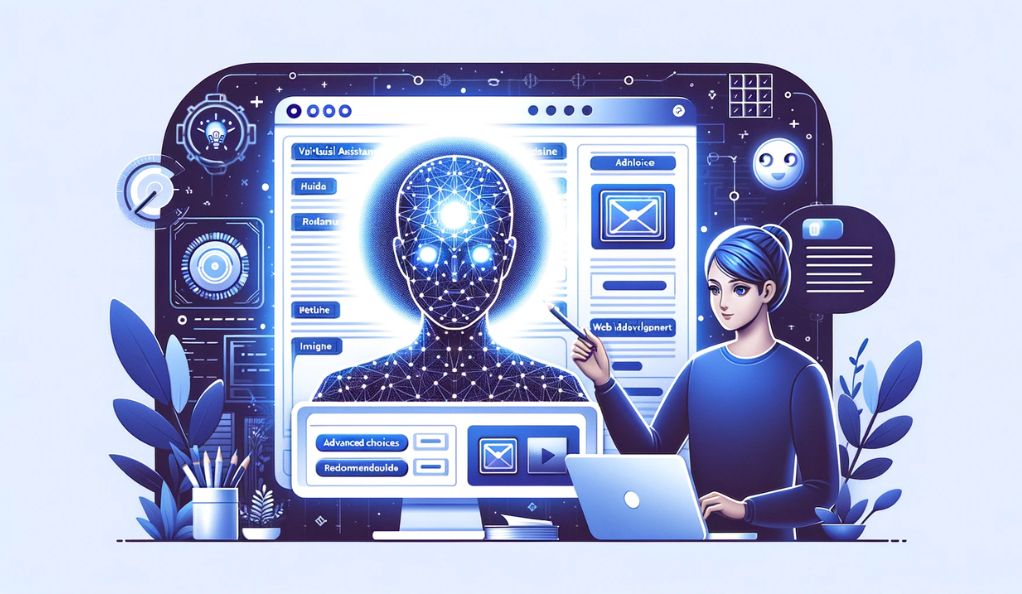
Moving from the backend to the frontend, Artificial Design Intelligence (ADI) systems are transforming the way websites are designed. ADI tools can create aesthetically pleasing and functional designs by analyzing vast amounts of design data and user preferences. They can generate layouts, color schemes, and even content structures that are tailored to the brand’s identity and the user’s needs.
For example, Wix’s ADI tool can craft unique websites by leveraging insights from millions of user interactions. It simplifies the design process for users with varying levels of expertise, allowing them to customize AI-generated templates to their liking. This democratization of design means that creating a professional-looking website is no longer confined to those with extensive design training.
Enhancing User Experience with Smart Chatbots
AI is also revolutionizing how users interact with websites through smart chatbots. These bots use natural language processing (NLP) to understand and respond to user queries in a conversational manner. They can provide instant support, guide users through the site, and even handle complex transactions. By offering personalized interactions, AI chatbots improve user engagement and satisfaction.
For instance, AI chatbots powered by platforms like Intercom can seamlessly integrate into websites, providing a first line of support that can resolve common queries without human intervention. This not only enhances the user experience but also allows human support teams to focus on more complex issues, improving overall operational efficiency.
Voice-Based Interactions for a Convenient Search Experience
Voice-based interactions are another area where AI is making significant inroads. With the rise of virtual assistants like Siri and Google Assistant, websites are now integrating voice search capabilities to provide users with a hands-free and more accessible way to navigate and access information. This technology is particularly beneficial for users with disabilities or those who prefer voice commands over typing.
The integration of voice-based AI in web development is not just about convenience; it’s about creating a seamless and inclusive user experience. As voice recognition technology continues to improve, we can expect to see more websites adopting this feature to cater to a broader audience.
AI-Driven Search Engine Optimization (SEO)
Search Engine Optimization (SEO) is a critical aspect of web development that determines a website’s visibility and ranking on search engines. Traditionally, SEO has been a manual and often tedious process involving keyword research, content optimization, and staying abreast of the ever-changing search engine algorithms. AI is set to revolutionize this domain by automating and enhancing these tasks.
AI-driven SEO tools can analyze vast datasets to identify trends and predict which keywords will be most effective. They can also generate content suggestions, optimize meta tags, and even adjust content strategies in real-time based on search engine algorithm updates. For example, tools like SEO.ai can evaluate a website’s content against competitors, suggest improvements, and provide an overall score indicating the potential search engine ranking.

This automation and intelligence mean that web developers and content creators can focus on crafting meaningful content rather than getting bogged down in the minutiae of SEO tactics. AI’s ability to process and analyze data at scale allows for a more strategic approach to SEO, one that is proactive rather than reactive.
Dynamic Content Personalization
In an age where user experience can make or break a website, dynamic content personalization is a game-changer. AI enables websites to deliver content that is tailored to the individual user’s behavior, preferences, and stage in the customer journey. By drawing on data from user interactions, AI can create a unique and engaging experience for each visitor.
Platforms like Braze utilize AI to help brands deliver personalized messages and content at scale. This level of customization ensures that users receive relevant and timely information, which can significantly enhance engagement and conversion rates. The ability of AI to segment users and dynamically adjust content means that personalization is no longer just a marketing buzzword but a tangible reality for web developers.
Automated Website and Vulnerability Testing
Quality assurance and security are paramount in web development. AI is instrumental in automating the testing processes, thereby enhancing efficiency and reliability. AI-powered testing tools can rapidly perform a variety of tests, from functional to security checks, and identify issues that might be overlooked by human testers.
For instance, AI systems like Diffblue Cover can autonomously write and maintain test cases for Java applications, significantly speeding up the development cycle and ensuring a higher quality product. These AI systems can adapt to code changes and continue to provide up-to-date testing without constant human oversight.
The Future of AI in Web Development
As we look to the future, it’s clear that AI will continue to play an integral role in web development. The technology is poised to become even more sophisticated, with the potential to automate more complex tasks and provide even deeper insights into user behavior and preferences. For web developers, staying abreast of AI advancements will be key to leveraging its full potential.
AI is not set to replace web developers but to augment their capabilities. By taking over routine tasks, AI allows developers to focus on innovation and creativity. As AI tools become more accessible and integrated into web development platforms, we can expect to see a new wave of intelligent, responsive, and user-centric websites emerge.
Conclusion: Balancing AI and Human Ingenuity in Web Development
In the dynamic interplay of AI and web development, we find a harmonious balance where machine efficiency enhances human creativity. AI’s emergence as a tool in web development is not a replacement for the nuanced touch of developers but a means to amplify their capabilities. It offers a path away from the mundane, allowing developers to devote their talents to crafting innovative and engaging web experiences. As AI continues to evolve, it promises to expand the realms of possibility in user experience, design, and functionality, pushing the boundaries of what we can achieve in the digital space.
The future beckons with a vision of web development where AI and human ingenuity converge to create a more accessible, efficient, and responsive internet. For developers, the key to success lies in leveraging AI as a powerful ally, integrating its strengths into their creative processes. This synergy will define the next generation of web development, where the potential is bound only by our imagination and our willingness to explore the vast potential that AI integration offers.

